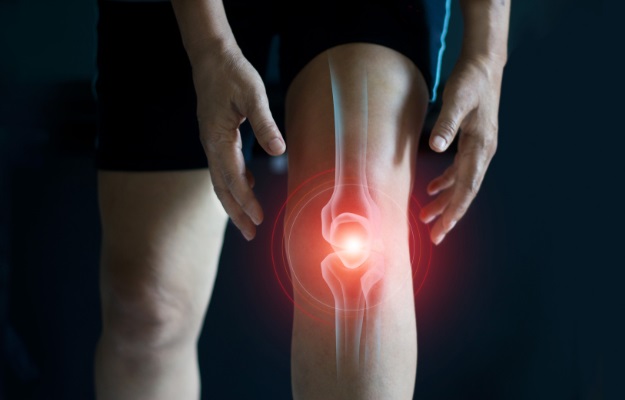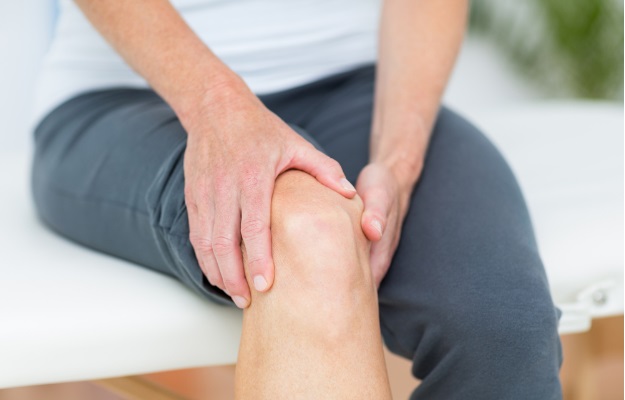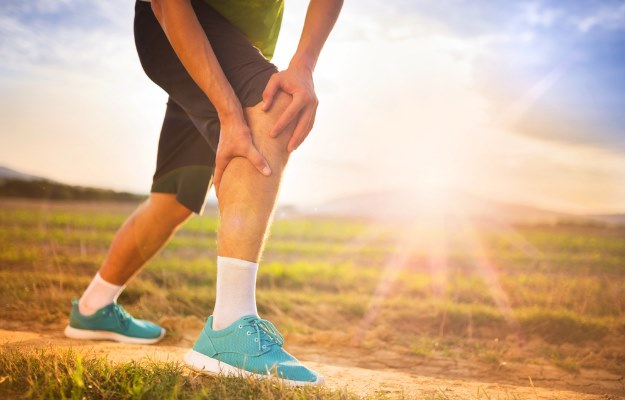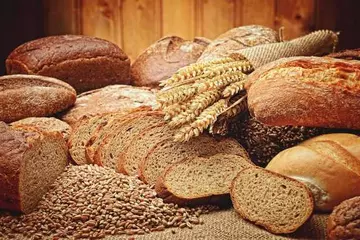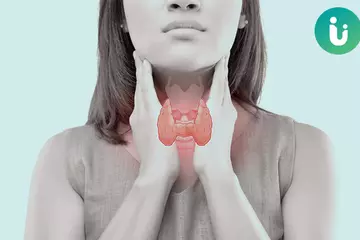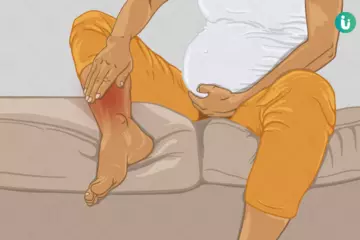Summary
Arthritis is not a single disease, it is used to denote a group of about 100 joint diseases that are characterised by typical inflammation of the joints, knee, elbow, hip, and ankle causing redness and pain. There are several forms of arthritis but rheumatoid, juvenile and osteoarthritis are the most prevalent forms. Arthritis could be caused due to general wear and tear of joints with age or due to a number of conditions including uric acid accumulation in joints (gouty arthritis) and as an autoimmune condition (Rheumatoid arthritis and psoriatic arthritis) in which the body's immune system begins to destroy its own cells and cartilages. Affecting the joints and nearby area causing difficulty in movements. Arthritis has no permanent cure, however, managing it effectively can help in reducing pain and further prevent from risks associated with arthritis such cardiovascular and severe joint damages.

 Doctors for Arthritis
Doctors for Arthritis  OTC Medicines for Arthritis
OTC Medicines for Arthritis
 Arthritis articles
Arthritis articles News for Arthritis
News for Arthritis
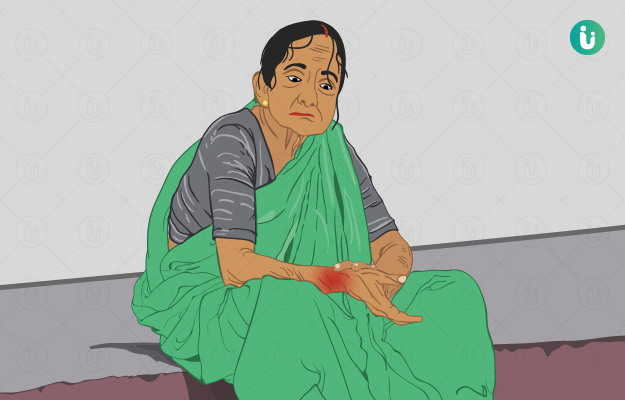
 Ayurvedic Treatment of Arthritis
Ayurvedic Treatment of Arthritis
 Homeopathic Treatment of Arthritis
Homeopathic Treatment of Arthritis


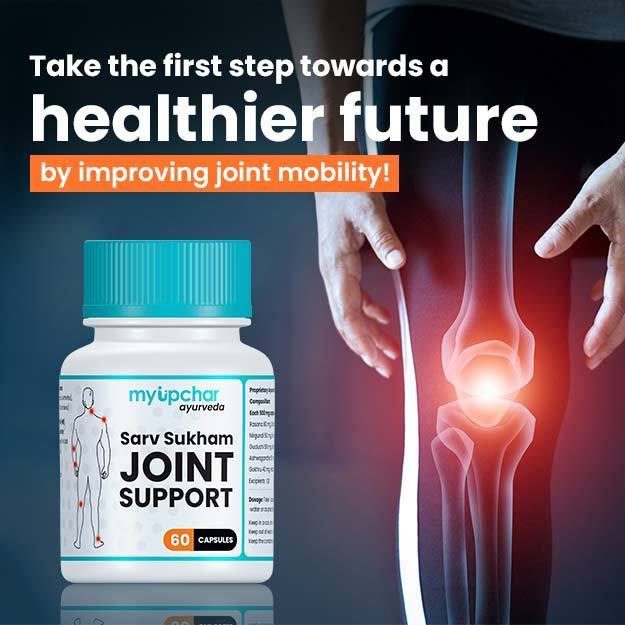
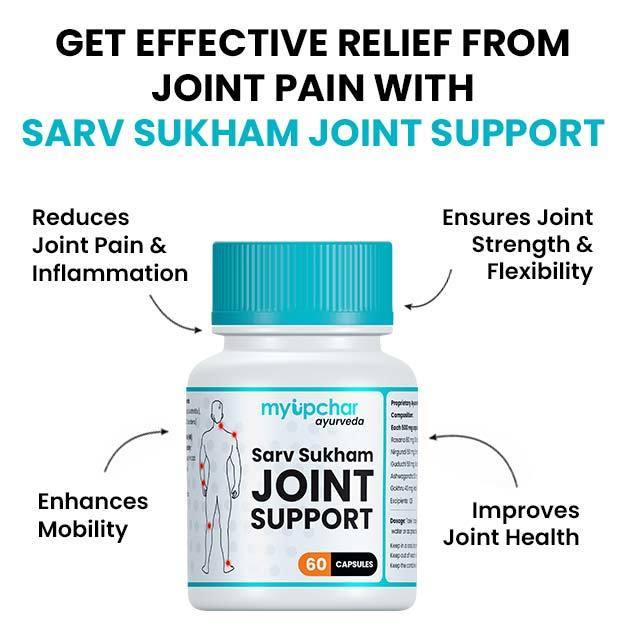
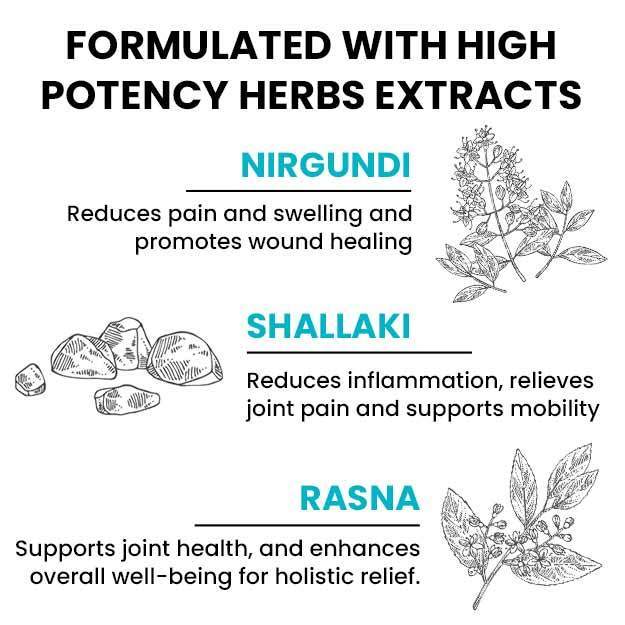
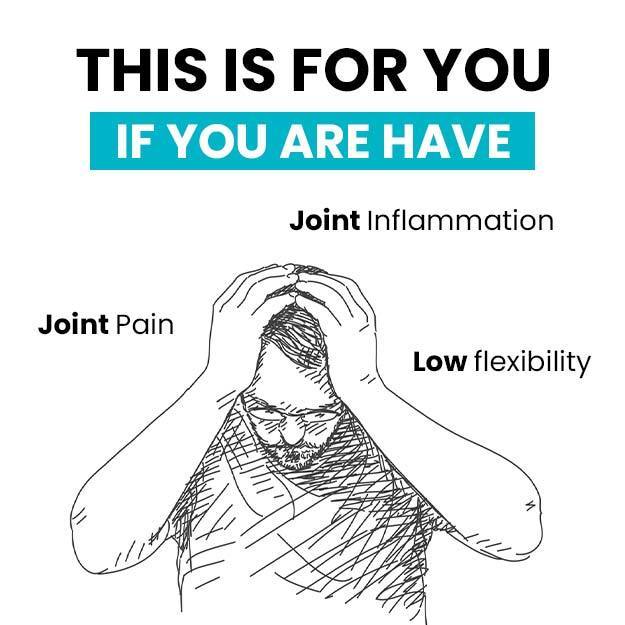
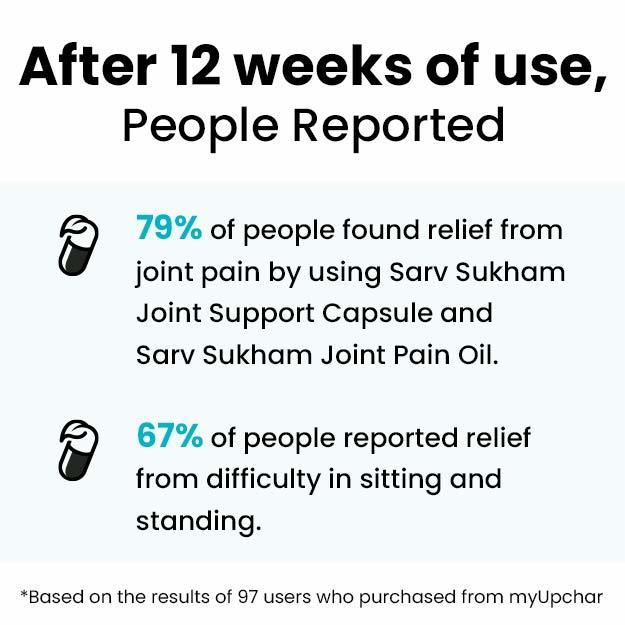







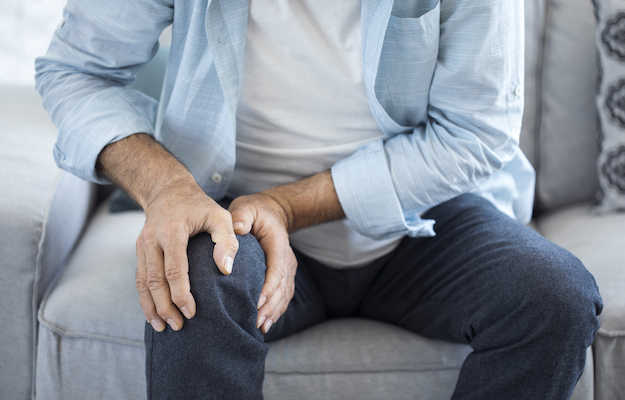


 Editorial Team
Editorial Team
